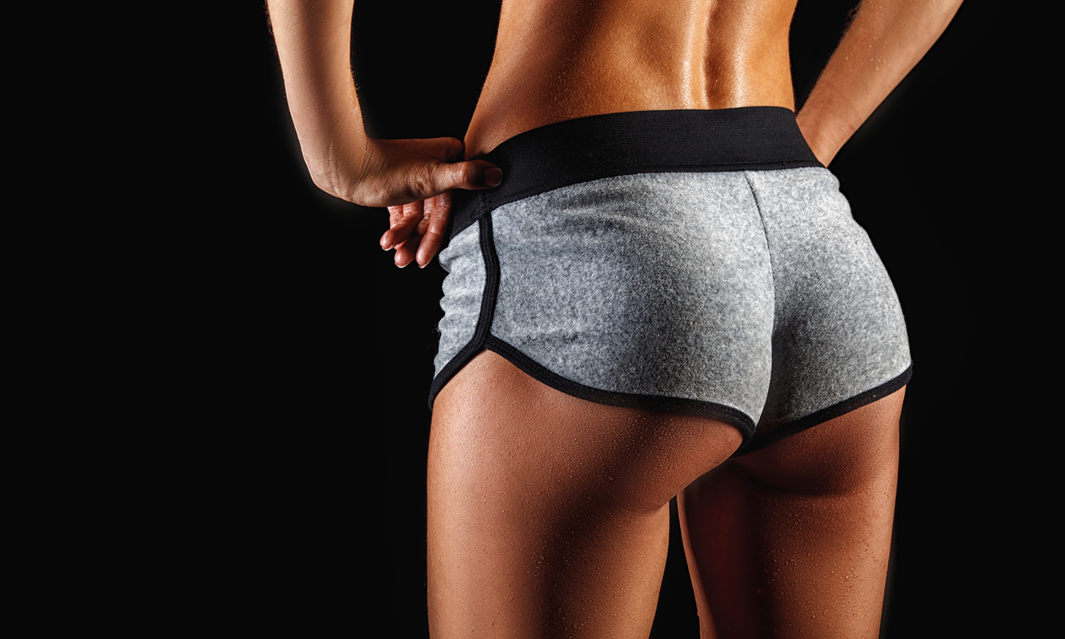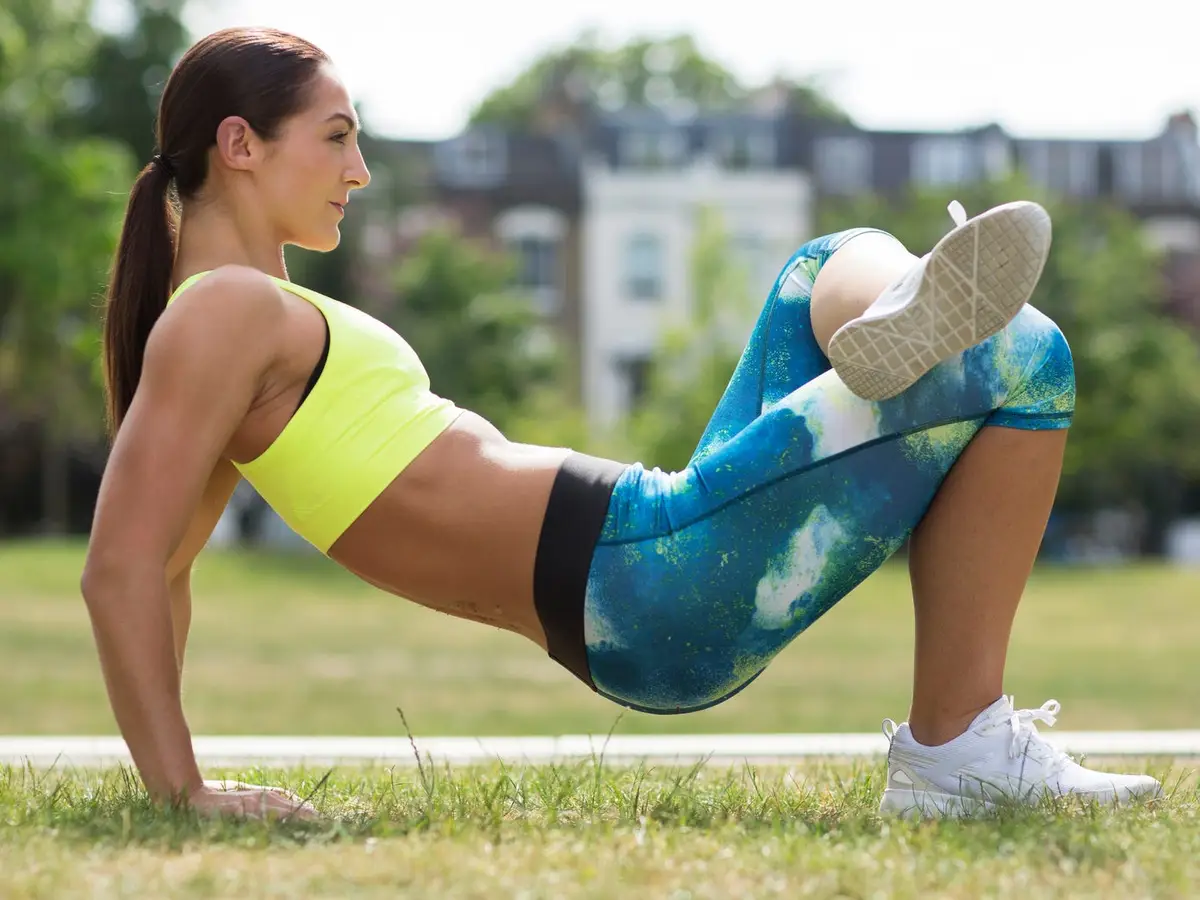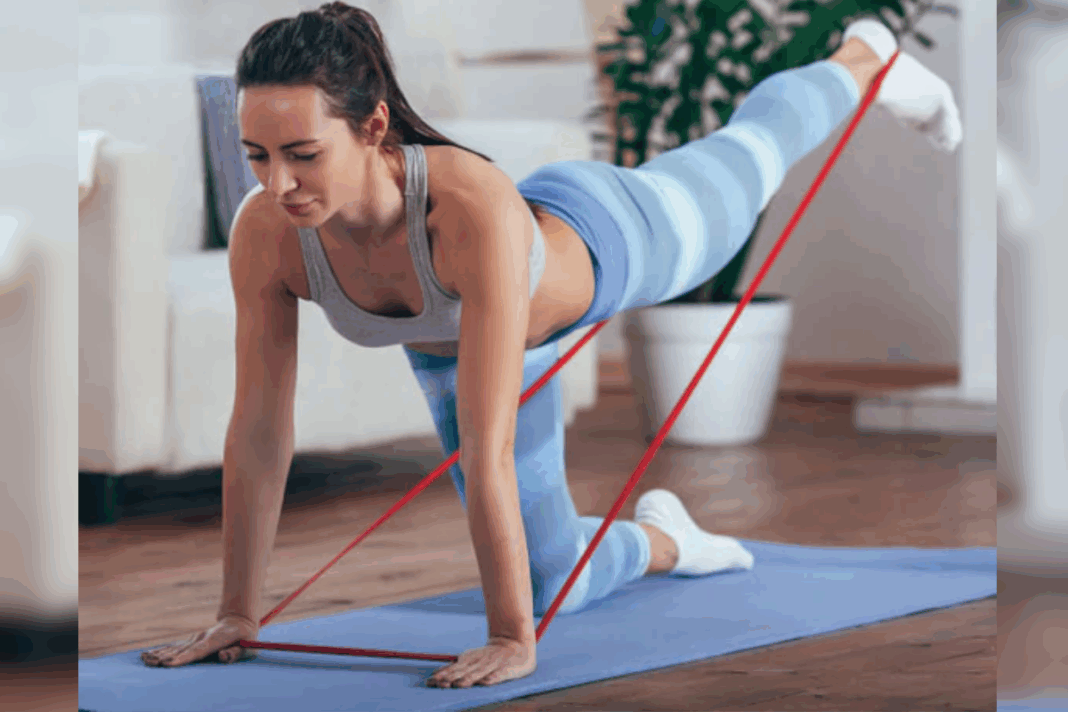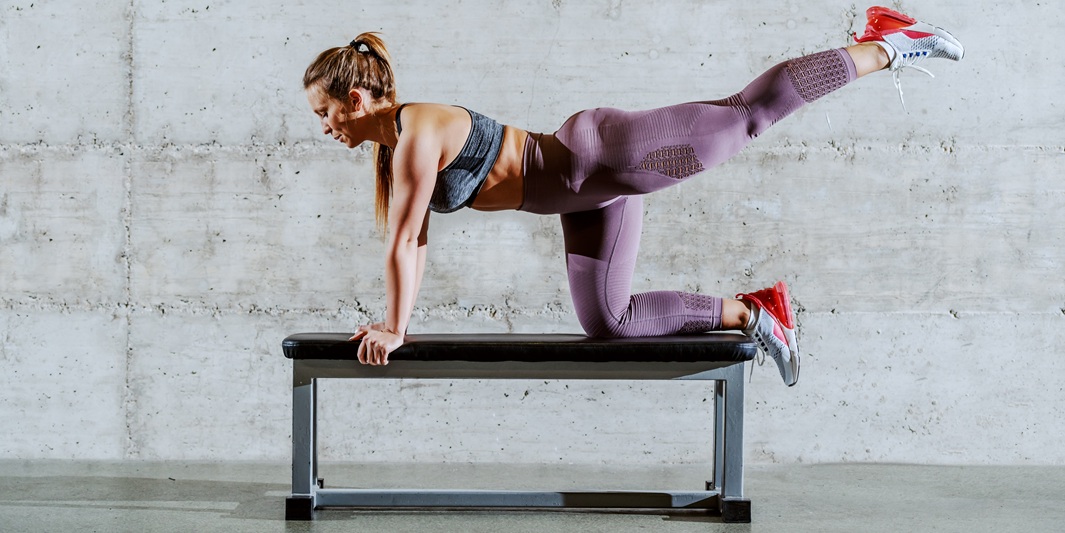How to Program Glutes for Size and Strength: A Bodybuilder’s Complete Guide
Glute training has exploded in popularity over the past decade—and for good reason. Strong, well-developed glutes are critical for power, aesthetics, and injury prevention.
But while the “how to grow your glutes” content online is often directed at women and focused on banded burnout circuits, serious glute development for size and strength requires strategic programming, progressive overload, and intent—especially if you’re chasing hypertrophy with a bodybuilder’s mindset.
In this guide, we’ll break down how to structure your glute programming for maximum size and strength, covering the science of glute growth, exercise selection, training splits, volume targets, recovery needs, and common mistakes.
Whether you’re a physique athlete, strength competitor, or dedicated lifter looking to bring up a lagging muscle group, this guide gives you the practical tools to program glutes like a pro.
Why Glute Development Matters
From a performance standpoint, your glutes are the engine of hip extension, abduction, and rotation—crucial in everything from squatting and sprinting to deadlifting and jumping. From a bodybuilding perspective, the glutes frame the posterior chain, fill out the side profile, and contribute to overall symmetry and proportion.
Ignoring glute training—or doing it passively—creates imbalances and limits both size and performance potential in your entire lower body.

Understand the Muscle: Glute Anatomy 101
To build the glutes, you need to train them according to how they function:
- Gluteus Maximus
- Largest and most powerful glute muscle
- Primary role: hip extension, especially under load
- Also assists in external rotation and abduction
- Gluteus Medius
- Sits higher on the outer hip
- Main function: hip abduction and pelvic stabilization
- Vital for single-leg movements and injury prevention
- Gluteus Minimus
- Deep to the medius
- Assists in abduction and internal rotation
- Trains alongside medius with lateral or banded work
Training implication: You need a mix of compound lifts, isolation movements, and directional resistance (extension, abduction, rotation) to hit all regions of the glutes and stimulate complete growth.
Programming Principles: What Drives Glute Growth?
Like any muscle group, glute hypertrophy responds to these three key drivers:
- Mechanical Tension
- Heavy compound lifts through a full range
- Progressive overload is critical
- Prioritize quality over ego lifting
- Metabolic Stress
- Higher-rep sets, short rest, slow eccentrics
- Creates the pump and burn; ideal for finishers
- Muscle Damage
- Controlled eccentric loading
- Exercise variety and ROM variations (e.g., deficit lunges, deep hip thrusts)
Your glute programming should include all three drivers to maximize growth and strength.
Training Frequency: How Often Should You Train Glutes?
Glutes are a large, high-endurance muscle group that recovers well—you can train them frequently, assuming smart volume management.
🔹 Recommended Frequency by Goal:
| Goal | Frequency |
| Beginner Glute Hypertrophy | 2x/week |
| Intermediate-Advanced Bodybuilding | 3x/week |
| Glute Specialization Phase | 3–4x/week (using varied intensity and recovery work) |
Tip: Separate heavy and light glute sessions. For example, perform heavy hip thrusts and RDLs on Day 1, and isolation and abduction work on Day 3.
Weekly Training Volume
Training volume (sets x reps x intensity) is a key driver of muscle growth—but more isn’t always better. You need optimal volume, not maximal.
🔹 Volume Targets by Experience:
| Training Level | Weekly Sets (Glute-Focused) |
| Beginner | 10–12 sets |
| Intermediate | 14–18 sets |
| Advanced | 16–24 sets |
These sets must be working sets at or near failure, not casual warm-up reps.
Exercise Selection: Build a Balanced Glute Routine
To cover all regions of the glutes and stimulate both size and strength, your glute routine should include:
🔹 Heavy Hip Extension Lifts (Strength & Size)
- Barbell Hip Thrust
- Romanian Deadlift (RDL)
- Glute-Dominant Step-Up
- Reverse Lunge
These moves drive mechanical tension and are your foundation for load progression.
🔹 Abduction and Glute Med Isolation (Shape & Stability)
- Seated Band Abduction
- Cable or Banded Kickbacks
- Clamshells
- Lateral Band Walks
Include these in higher-rep ranges (15–30 reps) to maximize metabolic stress.
🔹 Unilateral and Balance Builders
- Bulgarian Split Squats
- Single-Leg Glute Bridge
- Crossover Step-Up
- B-Stance Hip Thrust
Unilateral movements ensure balanced development, reduce asymmetries, and challenge pelvic control.
Sample Weekly Glute Program (Intermediate Level)
Day 1 – Strength Emphasis
- Barbell Hip Thrust – 4×8
- Romanian Deadlift – 4×10
- Reverse Lunge – 3×12/leg
- Banded Seated Abduction – 3×25
Day 3 – Glute Med / Isolation Focus
- Cable Kickbacks – 4×15/leg
- Clamshells – 3×20
- Lateral Band Walk – 3 sets x 10 steps each way
- Glute Bridge Pulses – 3×30
Day 5 – Volume & Stretch Emphasis
- B-Stance Hip Thrust – 3×10/side
- Walking Lunge (Long Stride) – 3×12/leg
- Step-Up (Controlled Eccentric) – 3×10/leg
- Abduction Machine or Band – 3×20–30
Progression Models That Work
🔹 Linear Load Progression (for Compounds)
Add weight each week to heavy hip thrusts or RDLs if technique allows. Aim for 5–10 lb increases on barbell lifts, and cycle back after deloads.
🔹 Reps-in-Reserve (RIR) Progression (for Isolation)
Start week 1 at 2 RIR (2 reps left in tank). Add reps or resistance each week, and reach 0 RIR (failure) by week 4, then deload or switch movement.
🔹 Density Progression
For abduction work or finishers, increase reps completed in a set time (e.g., 30 seconds) or reduce rest between sets while maintaining volume.
Tip: Track your glute work like your bench or squat. Log reps, tempo, RIR, and form cues.
Tempo, Pauses, and Time Under Tension (TUT)
Glutes respond very well to controlled reps and isometric holds.
- Eccentric Focus: Lower over 3–4 seconds on hip thrusts and RDLs
- Pause at Peak: Hold 1–2 seconds at full hip extension or abduction
- Constant Tension: Avoid full lockouts and bouncing in glute bridges and lunges
A good hypertrophy rep looks like this: explosive concentric, controlled eccentric, hard squeeze at the top.
Recovery & Nutrition for Glute Growth
You can’t grow glutes on fatigue and calorie deficits alone.
🛌 Recovery:
- Get 7–9 hours of sleep per night
- Use active recovery (walking, mobility, light band work)
- Avoid overtraining with excessive plyometrics or back-to-back leg days
🍽 Nutrition:
- Ensure a caloric surplus during muscle-building phases
- Consume adequate protein: 0.8–1.2g per pound of bodyweight
- Pre- and post-workout meals should include protein and complex carbs
Common Glute Training Mistakes
Avoid these common pitfalls if you’re serious about progress:
- ❌ Only doing bodyweight band workouts: Bands are tools, not the entire toolbox.
- ❌ No progressive overload: If your hip thrust is still 135 lbs after 6 months, expect stalled glute gains.
- ❌ Training quads and hamstrings more than glutes: Glutes won’t catch up without prioritization.
- ❌ Neglecting glute medius: Weak glute meds hurt squat mechanics, posture, and aesthetics.
Final Takeaways: Program with Purpose
To grow and strengthen your glutes, treat them like any other major muscle group. That means:
- Use compound movements to build size and load tolerance
- Add isolation and abduction work to target specific glute regions
- Train with progression, frequency, and intensity
- Cycle your training and monitor recovery
Whether you’re on a glute specialization phase or just looking to balance out your lower body, programming glutes with intention will improve strength, aesthetics, and longevity.
Train them hard. Track your numbers. The glutes will follow.
Need help structuring a glute-focused training split? Want a personalized 8–12 week glute hypertrophy program based on your goals and equipment? Contact us or explore our elite bodybuilding coaching plans.




